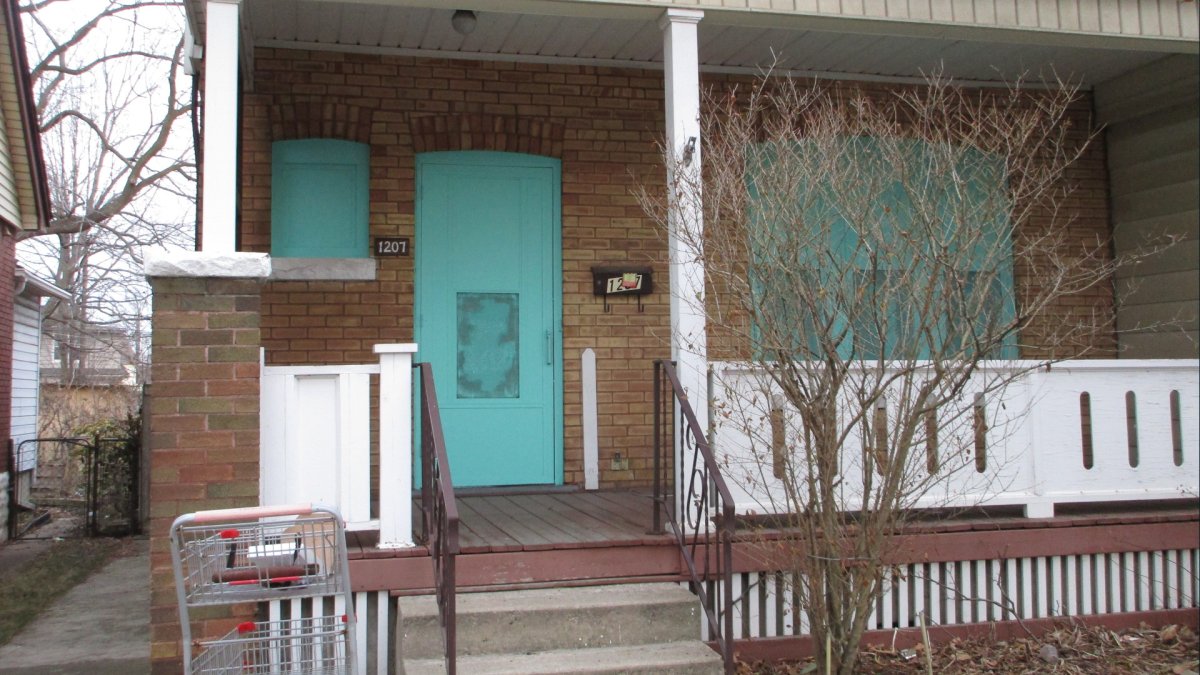A recent urban study suggests housing insecurity and lack of engagement are top of mind with residents living along the proposed route for Hamilton’s Light Rail Transit (LRT) system.

University of Waterloo professor Brian Doucet says after some 100 interviews for the Hamilton Neighbourhood Change Research Project, rising rents, feeling ignored and worry over the changing of local’s travel patterns bubbled to the surface as concerns amid the development.
“So the city and Metrolinx need to do a better job informing people of what’s going to happen,” Doucet told 900 CHML’s Good Morning Hamilton.
The planned route for Hamilton’s 14-kilometer LRT between McMaster University and Eastgate is set to run through several neighbourhoods, including some of the city’s poorest.
The report, released in March, revealed no new affordable units are to be added to the city’s supply as of the start of demolitions.

It’s a point that strikes fear in respondents who believe none of those teardowns will ever come back into the system.
“So if the question of what to build is left entirely to the market, what Hamilton is going to see is a lot of tall buildings, a lot of small condo units, most of which are bought by investors,” Doucet explained.
“So a lot of new housing along the LRT corridor, but not housing that is needed for those communities.”
Metrolinx touched on the issue during an extensive update Friday revealing to affordable housing advocates that contracts to build the line haven’t even been awarded yet, thus making it too early for any commitment to redirect surplus land to building homes.
“Affordable housing could be a very good file in which those available properties could be used for,” Metrolinx chief planning officer Karla Avis-Birch told a city hall committee.
“So towards the end of the project working in partnership with the province … the city and others for that potential.”
The research concurs with the assessment additionally suggesting the acquisition of more sites within the corridor to be used for low-income housing that developers are unwilling or unable to build.
It also suggests council use what governing powers they have to keep costs down for renters, like implementing tougher anti-renoviction bylaws.
“The city needs to be very proactive and Metrolinx hopefully would be proactive to use some of the land that it has acquired to build this project to keep it in public ownership,” Doucet said.
Other recommendations say Metrolinx and the city need to up their community engagement to better inform residents about changes to avoid “confusion, misunderstanding, and mistrust.”
It also proposes more research on the local’s “lived experiences” via regular and systematic consultations to eliminate feelings of exclusion from LRT planning.







Comments